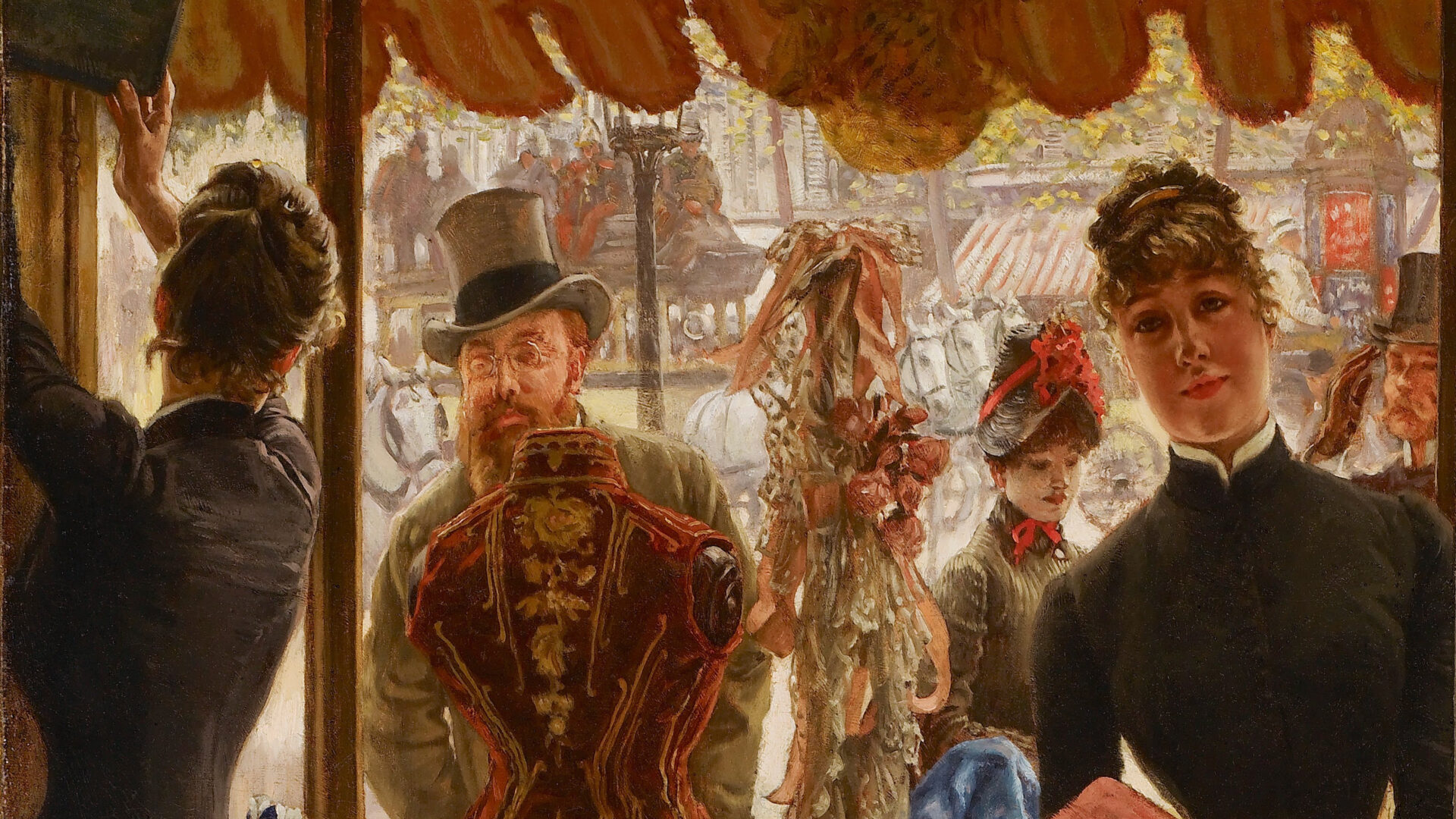Throughout history, the most transformative advances have often begun with someone being told something was impossible. As a historian unveiling a Victorian Fashion emporium, I’ve become fascinated by the psychology of the phrase “it can’t be done” and the remarkable individuals who refused to accept such limitations. Now, I’m not putting myself anywhere near in that category, but I’ve faced my share of seemingly impassable barriers, so I think I know a little of what “making it work” entails.
The Pattern of Progress
Human progress follows a strikingly consistent pattern. First comes the impossible, then the improbable, followed by the difficult, and finally the commonplace. The telephone, the airplane, women’s suffrage, space travel—all were declared impossible by experts of their day. Each began with pioneers who heard “it can’t be done” yet proceeded anyway.
In my research on Victorian-era businesses, I’ve discovered that behind nearly every significant advancement was someone willing to defy conventional wisdom. These weren’t always the famous names that made it into history books. Often, they were ordinary individuals who simply refused to accept artificial limitations.
The Psychology of Limitation
“It can’t be done” rarely stems from genuine physical impossibility. More often, it arises from:
- Historical precedent: “It has never been done before, therefore it cannot be done”
- Conventional wisdom: “Experts agree it’s impossible”
- Social barriers: “People like you don’t do that”
- Institutional resistance: “The system doesn’t allow for it”
The most powerful limitations are those we internalize. When we hear “you can’t” enough times—whether from teachers, employers, or society—we begin to believe it. This internalization creates boundaries more restrictive than any external barrier.
Victorian Barrier-Breakers
The Victorian era, often portrayed as rigidly conventional, was actually filled with individuals who turned “you can’t” into “I did.” While researching Britain’s retail history, I’ve uncovered remarkable stories of unprecedented business transfers, unexpected leadership paths, and commercial innovations that defied period expectations.
One particularly striking pattern emerges in my research: the individuals who achieved the “impossible” rarely set out to revolutionize society. Instead, they focused pragmatically on solving immediate problems—finding openings in seemingly impenetrable barriers and quietly expanding those openings into doorways.
Often, these breakthroughs came at points of transition or crisis. Major societal shifts—technological innovation, economic change, or even personal loss—created occasional cracks in otherwise rigid systems. The most successful barrier-breakers recognized these moments of flux and seized their opportunities.
The Unsung Heroes
What’s particularly fascinating is how many of these barrier-breakers remain uncelebrated. For every Florence Nightingale or Isambard Kingdom Brunel, dozens of equally determined individuals transformed their corners of Victorian society without recognition.
Many women, for instance, found unexpected pathways to business leadership that historical accounts have overlooked. Careful examination of business records, wills, and newspaper archives reveals that women were managing significant enterprises decades before conventional histories acknowledge female commercial leadership.
These untold stories matter because they provide a more nuanced understanding of how change actually happens. Rather than a few exceptional individuals dramatically smashing barriers, progress often comes through countless small acts of determination—people quietly doing what “can’t be done” until society’s definition of possible expands.
Lessons for Today’s Impossibilities
What can we learn from these historical barrier-breakers?
- Question the source: When told something is impossible, ask whether the limitation is truly physical or merely conventional.
- Look for moments of flux: Systems are most penetrable during periods of transition or crisis.
- Focus on the practical: Rather than challenging entire systems, identify specific points where change is most achievable.
- Document the precedent: When you accomplish something “impossible,” ensure it’s recorded so others won’t face the same barrier.
- Recognize that limitations evolve: What seems impossible today may seem inevitable tomorrow.
As I continue my historical research, I’m increasingly convinced that many of today’s “impossibilities” will follow this same pattern. Future historians will likely look back at our current limitations with the same bemused perspective we now have toward Victorian constraints.
So the next time someone tells you “it can’t be done,” remember you’re encountering a phrase that has preceded virtually every significant human advancement. History sides with the barrier-breakers—those who respond to “it can’t be done” with a simple, determined “watch me.”
The author is currently researching a book on previously undocumented Victorian business innovations that challenged period conventions. Follow “The Yestersmith” for more historical perspectives on overcoming barriers.

